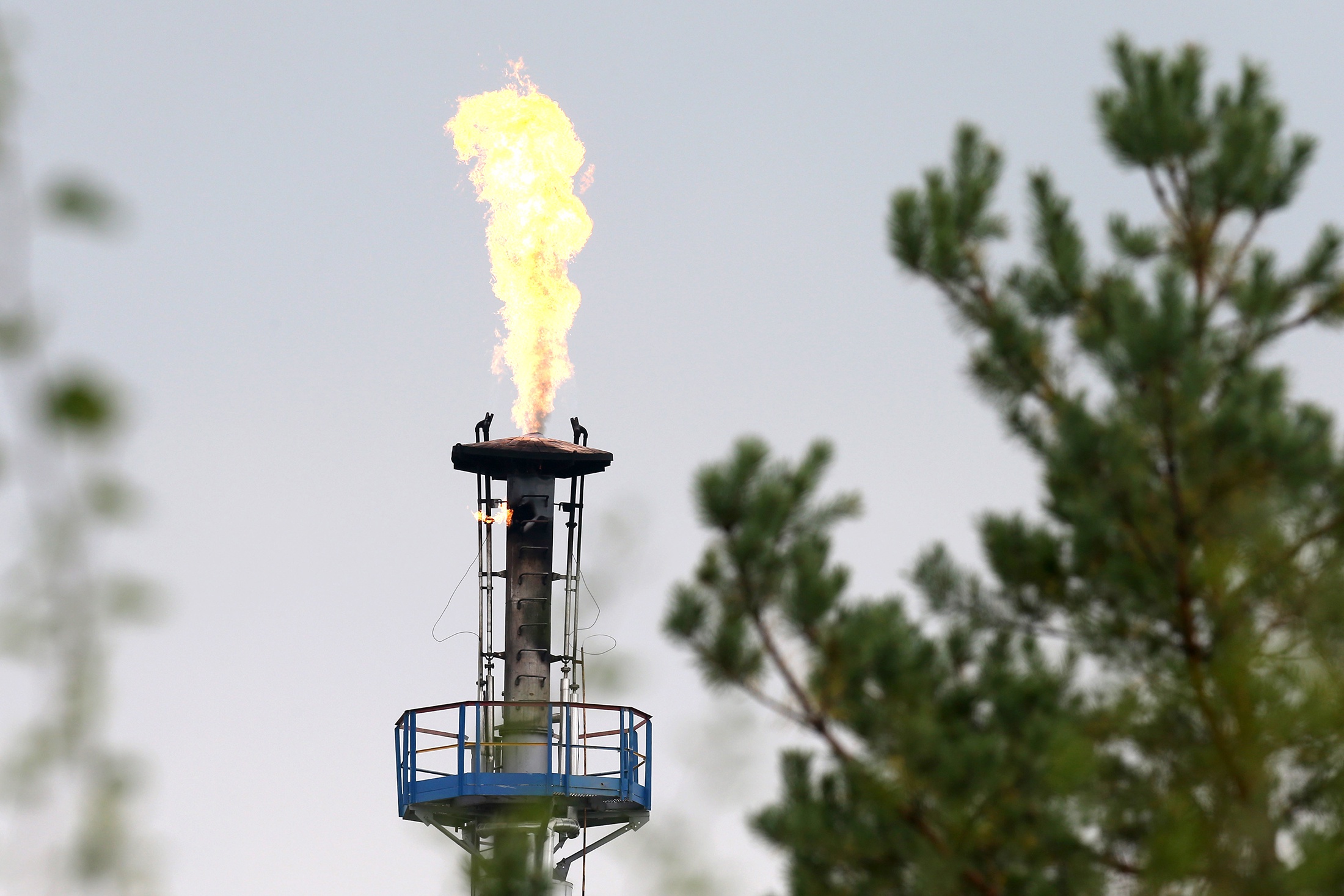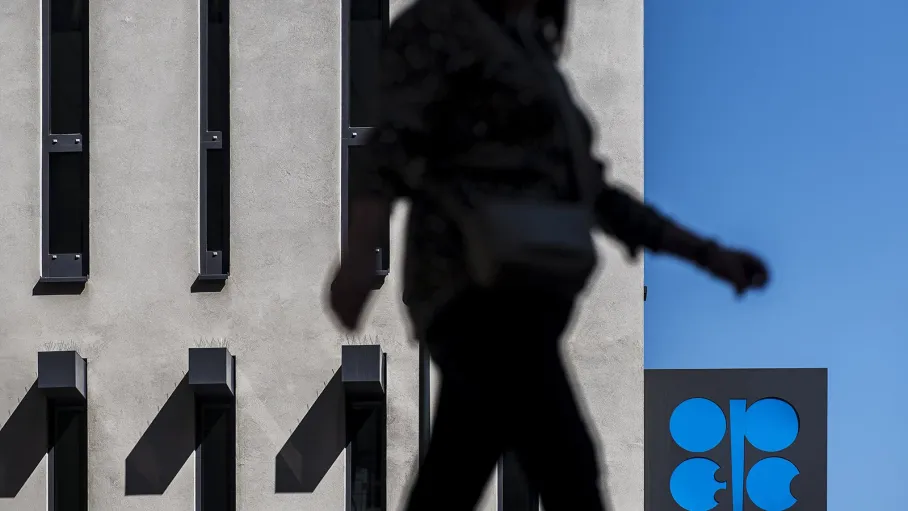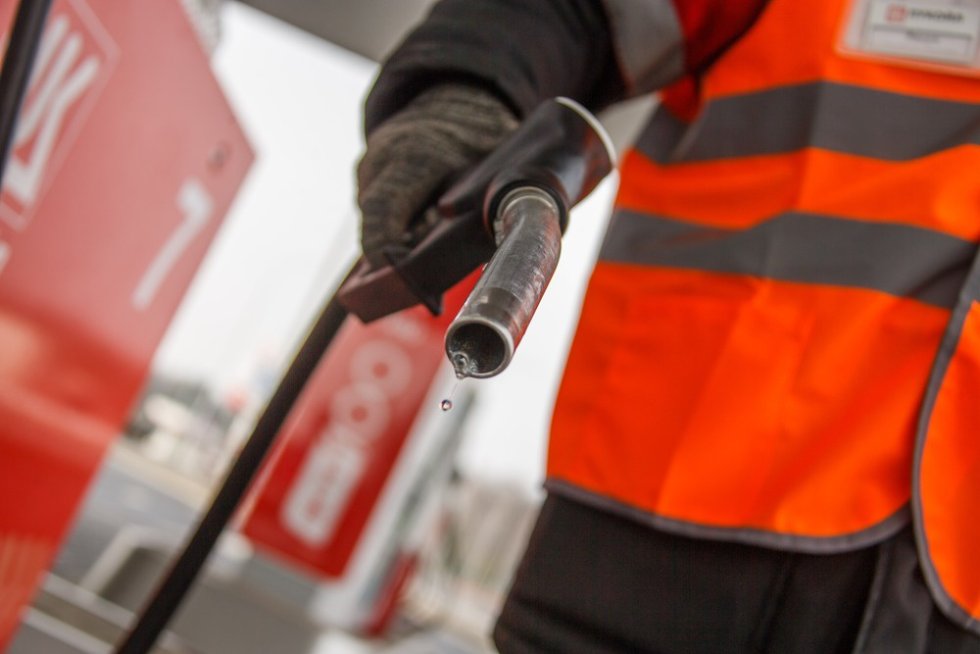What are you looking for:
Experts Explain the Factors Behind OPEC+'s Decision Against Cuts
On Sunday, Russia, Saudi Arabia, the UAE, Iraq, Kazakhstan, Kuwait, Oman, and Algeria decided to continue increasing the production ceiling in September by an additional 547,000 barrels per day. Thus, by the beginning of the fourth quarter, these eight countries will complete their exit from voluntary restrictions amounting to 2.2 million barrels per day.
However, they still have voluntary production cuts of 1.65 million barrels per day, which are set to remain in effect until the end of 2026. According to sources from foreign media, the OPEC+ eight plans to discuss the fate of these restrictions at a meeting on September 7.
According to Kirill Bakhtin, senior analyst at BCS Investments, OPEC+ will likely take a pause in increasing official quotas in October and possibly in the fourth quarter, given that demand tends to be lower in the fall and winter. "The probability of increasing official quotas by another 1.65 million barrels per day will depend on oil prices and risks surrounding exports from Russia: the higher the prices are above $70 per barrel, the greater the likelihood of increasing oil production," he said.
Nikolai Dudchenko, an analyst at Finam, added that the current range of around $65-75 per barrel for Brent crude is quite satisfactory for OPEC+, which allows for an increase in production. However, current oil prices are supported by heightened demand during the vacation season, a factor that may weaken with the onset of fall.
Sergey Tereshkin, CEO of Open Oil Market, emphasized that the introduction of new tariffs by the U.S. administration could raise concerns about the potential for oil shortages in regional markets, which could prompt OPEC+ to increase production.
"If these tariffs are implemented, there is a high likelihood that OPEC+ countries will raise their oil production quotas in the remaining months of 2025... It's not guaranteed that this will happen every month. However, in one of these months, there may be an increase in quotas influenced by the U.S. decision to impose prohibitive tariffs on imports from China and India, countries that import Russian oil," noted independent energy expert Kirill Rodionov.
However, Dudchenko from Finam urged to focus on the actual volume of barrels released into the market. Due to compensation for previously allowed overproduction, this volume is expected to be lower than reported.
According to calculations by RIA Novosti, in September the OPEC+ eight, taking into account the current plan for compensation, will be able to increase the production ceiling by 528,000 barrels per day. By August 18, countries that continue to produce above the allowable level must update and submit their revised schedules to the OPEC secretariat.
Source: PRIME



